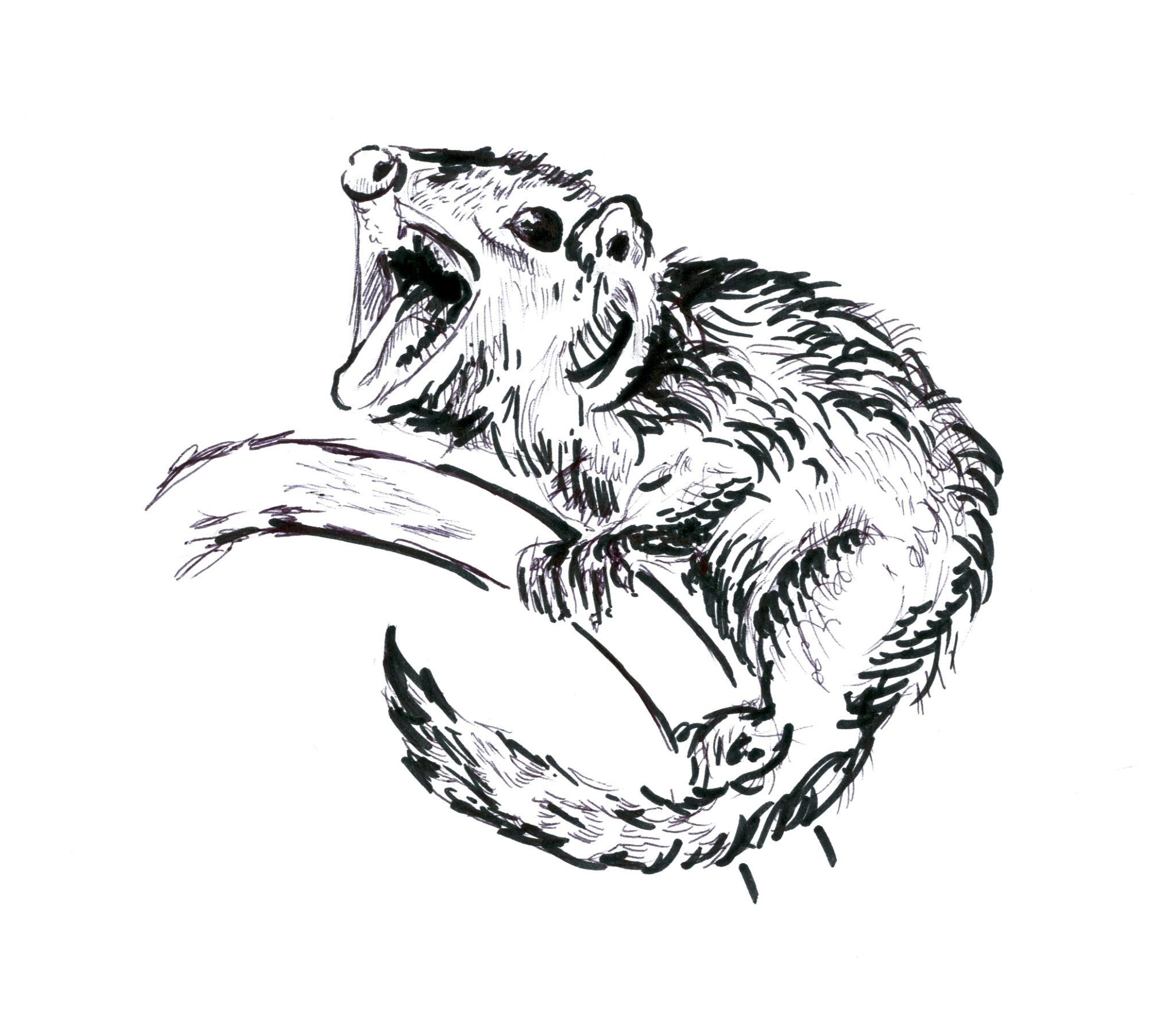
Joy Lian
Apparently, tree shrews follow the adage, “Rules are meant to be broken.”
According to research led by Yale anthropology professor Eric Sargis, tree shrews — small, slender mammals native to tropical Southeast Asia — violate two key ecogeographical rules that describe size variation among organisms: the island rule and Bergmann’s rule.
The island rule predicts that larger mammals living on islands will evolve to become smaller than their mainland counterparts, while smaller, island-dwelling mammals grow larger than their mainland counterparts. Bergmann’s rule predicts that populations of species in colder climates — higher latitude — grow larger than populations of that same species in warmer climates. But according to Sargis’ research, which was published in the journal Ecology and Evolution on Jan. 4, tree shrews do not abide by these evolutionary rules.
“What you would expect is species or populations like [tree shrews] — as you go further north into colder climates — to be larger,” Sargis said. “And in fact, we found the exact opposite. It was at the more northern latitudes they were smaller and at more southern latitudes they were larger.”
Members of Sargis’ group measured tree shrew specimens in museums across the world by hand. According to co-author Link Olson — a professor at the University of Alaska Fairbanks — many of the islands from which the specimens came are now inaccessible to biologists due to either local conflict or lack of forest cover.
In collecting and analyzing the data, Sargis and his colleagues noticed the two established rules did not encompass all the variables in size among tree shrews. While, contrary to what the island rule would predict there was no difference in body size between island and mainland tree shrew populations, island area and maximum sea depth of the surrounding water affected tree shrew size.
Sargis emphasized the importance of considering both the island rule and Bergmann’s rule at the same time.
“In this case, it was really important that we assessed both of these patterns simultaneously,” he said. “If you looked at one of our previous papers … you might’ve thought, ‘maybe the island rule is being supported here,’ … but it wasn’t until we assessed both the Bergmann — the latitudinal version — and the island rule simultaneously that we realized the island rule doesn’t hold up in this particular species. And not only does the Bergmann not hold up, it’s actually inverted.”
Virginie Millien, a professor at McGill University, provided most of the complex data analysis for the project.
“I think what’s cool about the tree shrew study is that we have more control on the source of data,” Millien said. “We have confidence about the taxonomy because [Sargis] went and actually held the specimens.”
These results were a long time coming. Sargis and Olson first discussed tree shrews in 2001. At the time, Sargis was interested in how tree shrews move and how that has changed over time. After watching Sargis give a presentation, Olson — whose expertise is determining how different species are related to one another and how that affects their morphologies — asked Sargis if a genealogical hypothesis had been published or was known for tree shrews. It had not. The pair became collaborators, working consistently through the years.
“We talked about how basically the group had been ignored,” said Sargis, recalling the meeting. “The taxonomy was kind of a mess. … That’s something I wouldn’t have taken on alone as an anatomist.”
According to Sargis, the heyday of tree shrew studies ended in the 1960s. Before then, tree shrews were classified as primates — among the most studied grouping of animals. In later years, however, they were reclassified in the order Scandentia, and have gotten “short shrift,” he said.
Little information about the group’s taxonomy existed, but since Sargis and Olson met, they have published several papers, adding complexity to the group’s taxonomic history.
“Nature is messy,” Olson said. “A lot of the press over this has been the fact that we are able to show with some impressive statistical rigor that neither of these ecogeographical rules is followed by tree shrews. But I guess I would say rules are models, and we know in science that models are intentional oversimplifications. And in the words of a very famous mathematical ecologist, models are simply lies that help us see the truth.”
Jacob Sweet | jacob.sweet@yale.edu







